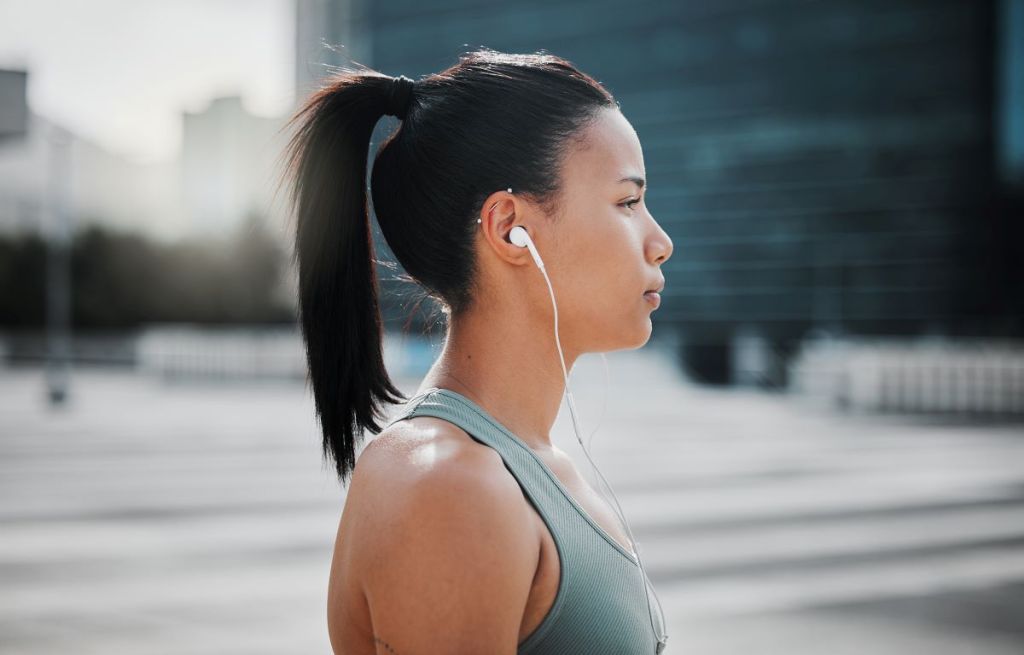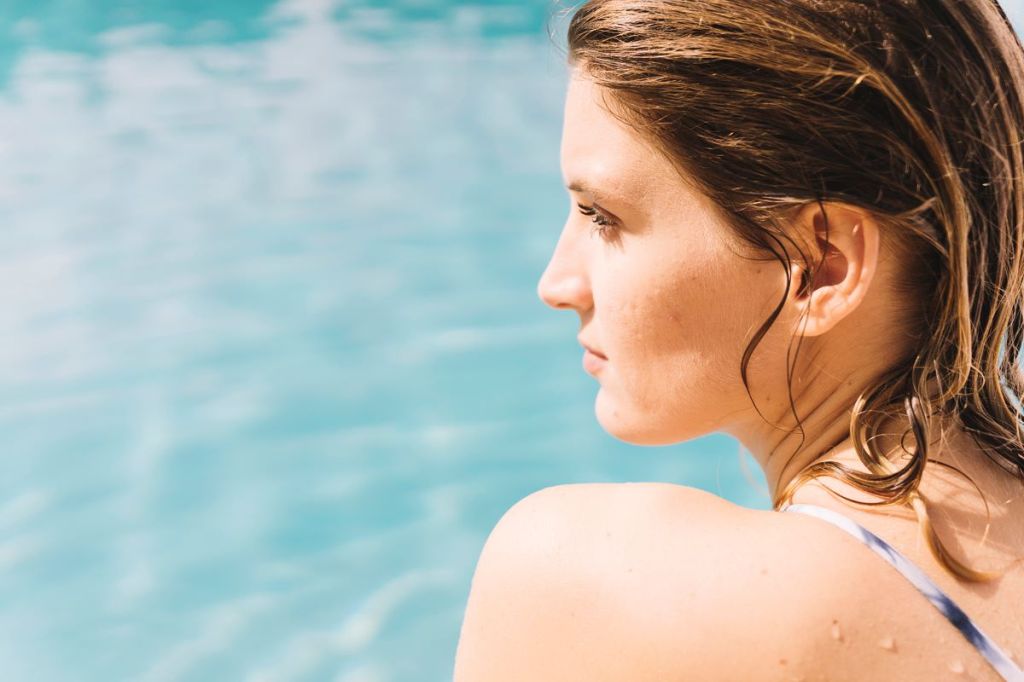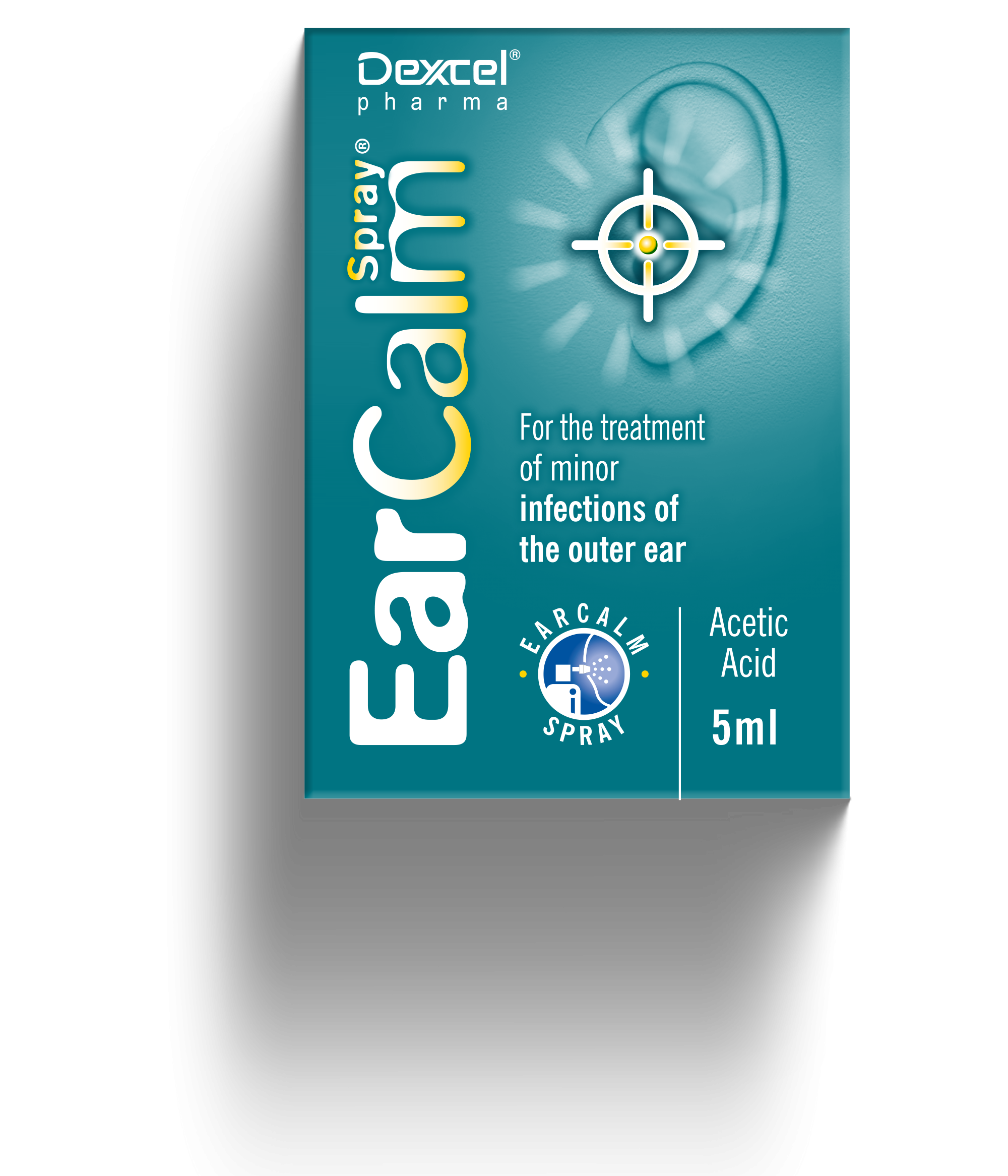Don’t let swimmer’s ear interrupt your workouts this summer with top tips from EarCalm to help avoid infection and tackle symptoms.
Despite the unpredictability of the great British summer, there’s nothing better than taking your workouts outdoors. Whether it’s an early morning al fresco yoga session on the beach, a drizzly 5K, or a wild swim, there’s just nothing like it. Fitness is commitment that drives us whatever the weather.
However, some things are often out of our control, like niggling injuries or common health conditions – one of them being outer ear infections. Often referred to as swimmer’s ear, it’s not just swimmers who are prone to it, but it can disrupt your fitness routine thanks to its sometimes painful and uncomfortable symptoms.
WHAT IS SWIMMER’S EAR?
Also known as otitis externa, swimmer’s ear is an infection of the outer ear canal. “Otitis” means inflammation of the ear. It typically happens when water or moisture gets trapped in the ear after swimming, showering or sweating, creating a warm, moist environment where bacteria thrive.

WHO IS AT RISK OF GETTING IT?
From pool or open-water swimming to post-workout showering, if your ears are regularly exposed to water or moisture, you’re more likely to get swimmer’s ear. Water will often find its own way out but if it gets stuck in the ear, it can wear down the ear’s natural waxy defences allowing bacteria to form and thrive. You may also find yourself scratching or picking your ear when there’s water inside, which can damage the delicate skin and lead to infection. And if you wear earbuds to zone out while working out, they can trap moisture inside the ear, too.
COMMON SYMPTOMS TО WATCH OUT FOR
Swimmer’s ear doesn’t always start with ear ache. Early signs can be subtle, but they usually start quickly.
- Itching and irritation in and around the ear canal
- Redness and swelling
- A watery or pus-like discharge
- Tenderness when you move your ear or jaw
- A feeling of fullness or pressure
WHAT CAN YOU DO TO PREVENT SWIMMER’S EAR?
There are several things you can do to reduce the risk of getting it:
- Wearing a swimming cap and ear plugs while swimming reduces the amount of water entering your ears.
- Chlorine can have a drying effect on the ear canal, potentially causing bacteria to develop, so shower after a swim and dry both ears thoroughly.
- Tilt your head side to side to help water drain after swimming or showering.
- Don’t let ear wax build-up as excess wax can cause bacteria to grow and encourage recurrent infections.
- If you do wear earbuds while working out, clean them regularly to keep them free from wax and bacteria. Opt for external headphones if you can.

SYMPTOM RELIEF
- You should hold off swimming until the infection has fully cleared and try not to get the affected ear wet when showering or bathing. Keeping the ear dry will help with its recovery.
- Don’t put anything inside the ear such as a cotton bud and avoid wearing anything that might make the infection worse such as ear plugs or ear buds.
- Swab away any discharge with cotton wool.
- Speak to your pharmacist for advice on managing swimmer’s ear symptoms and a suitable treatment.
EarCalm Spray
EarCalm Spray is used for the treatment of minor infections of the outer ear. It contains an antibacterial ingredient called acetic acid to help target and clear the infection to provide calming relief from the uncomfortable symptoms of pain and inflammation. EarCalm Spray is available without prescription from pharmacies. Find out more by visiting earcalm.co.uk. Always read the label.








